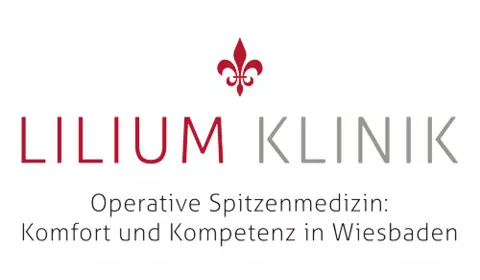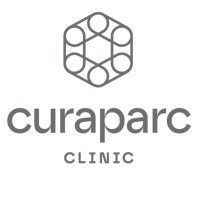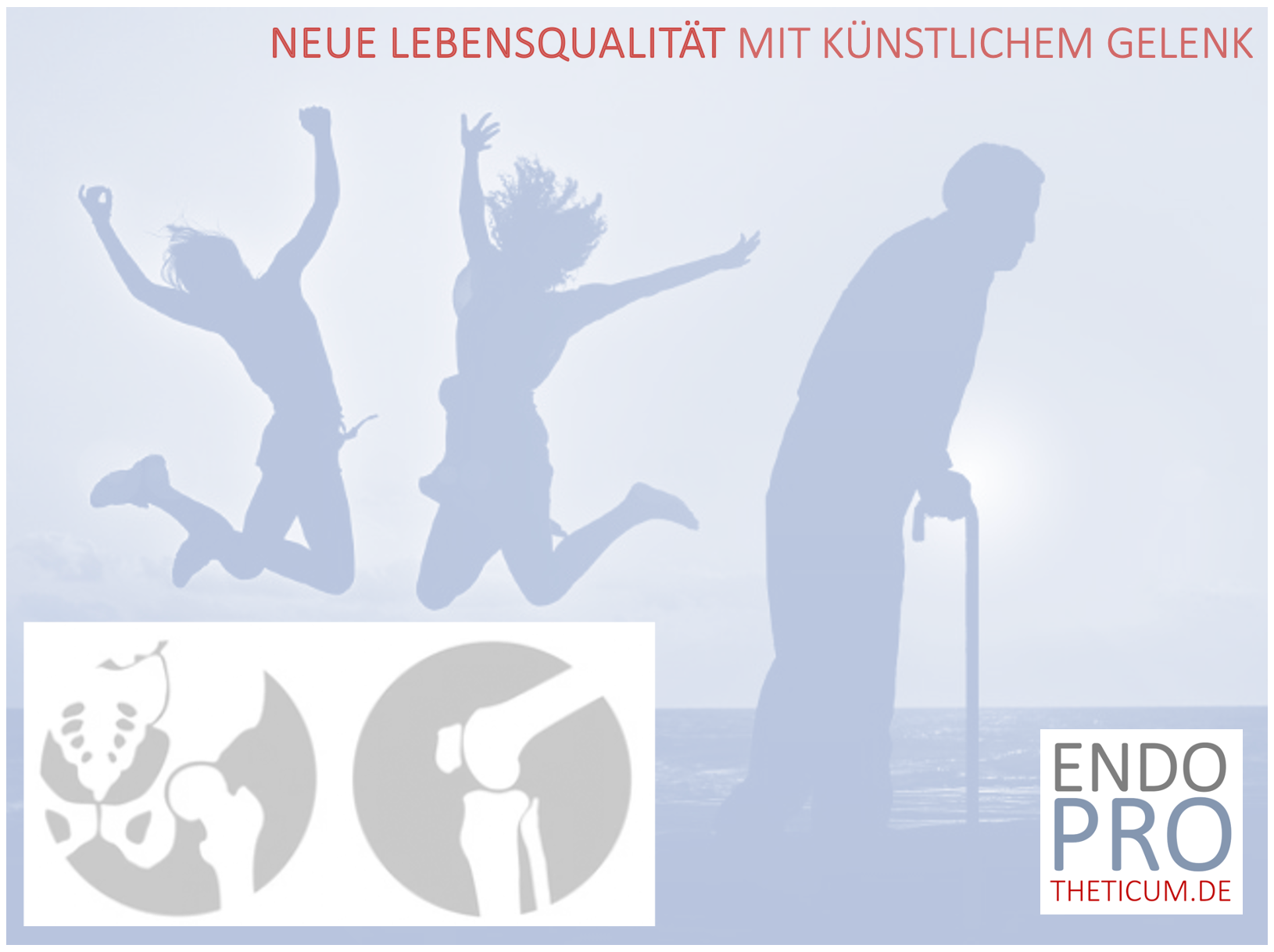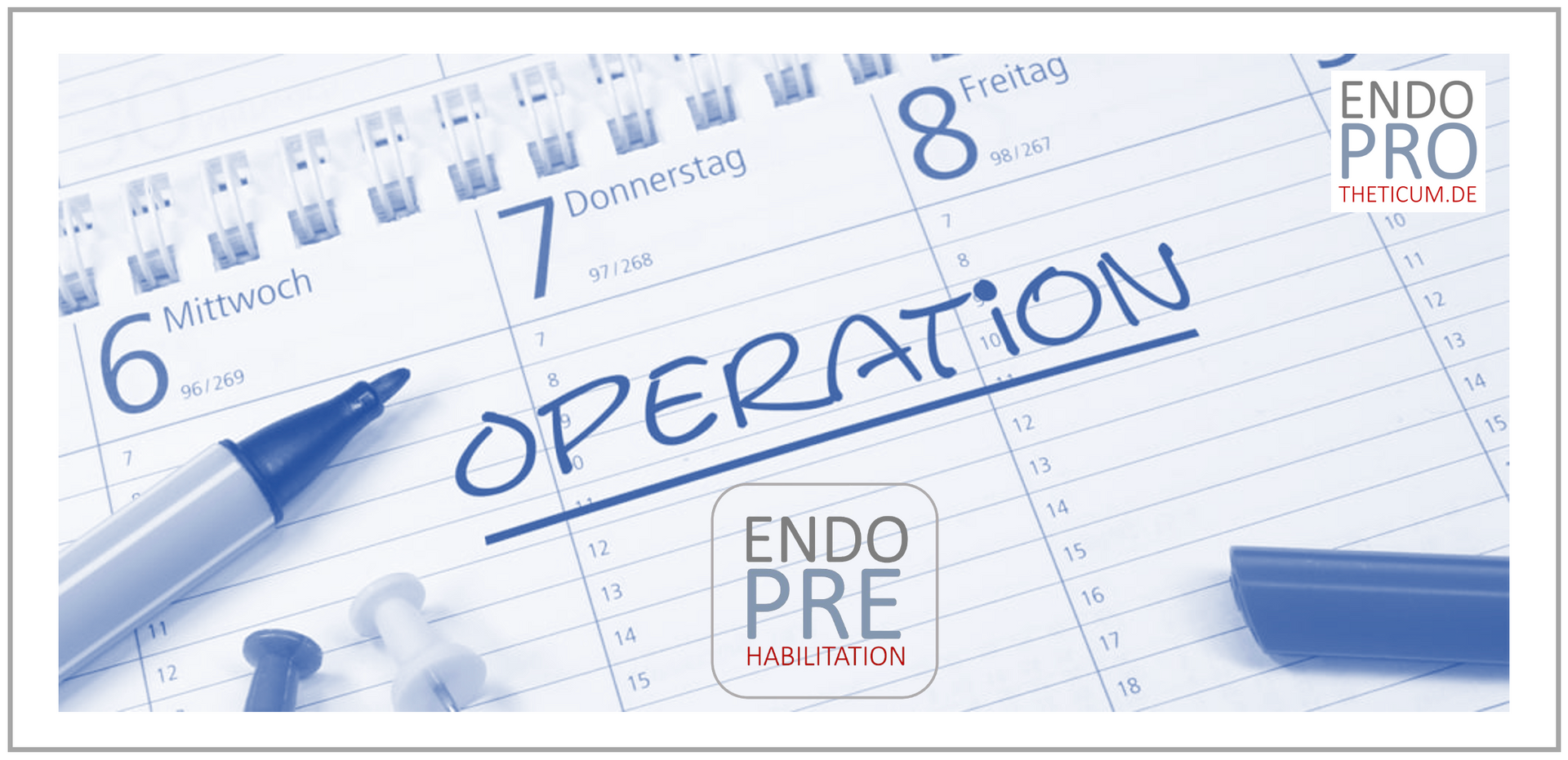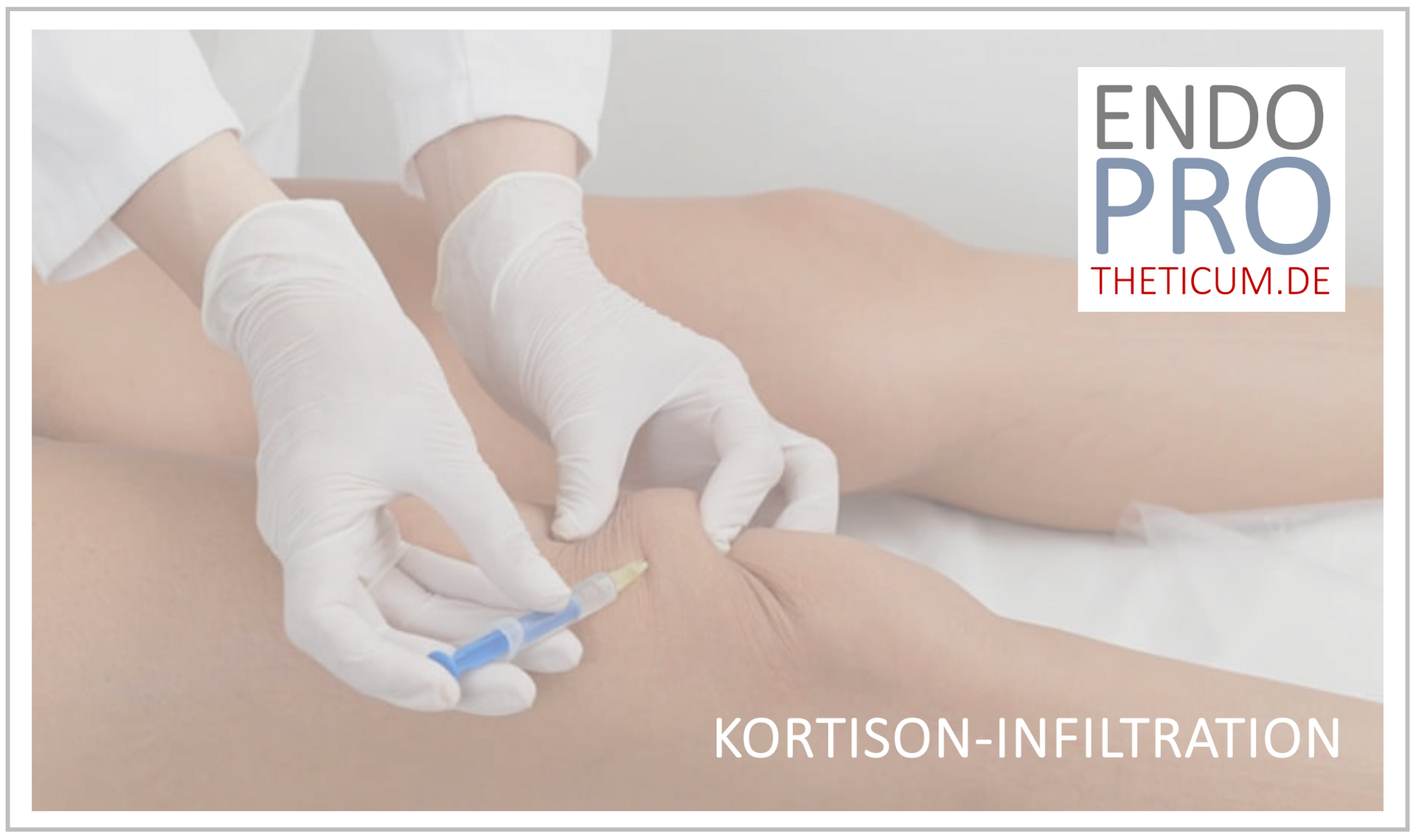AMIS method – The new standard in modern hip surgery
What makes the AMIS method so successful

The AMIS method – derived from “Anterior Minimally Invasive Surgery” – has revolutionized hip arthroplasty. This minimally invasive surgical technique allows the implantation of an artificial hip joint without significantly affecting the surrounding muscle structures. It represents a paradigmatic change in endoprosthetics: away from invasive procedures towards gentle methods that enable faster rehabilitation and overall better patient care. But what exactly is the AMIS method, what advantages does it offer, and why is it ideal for short-shaft prostheses? Read this comprehensive guide to find out everything about the innovative technology.
What is the AMIS method?
The AMIS method refers to an anterior, minimally invasive approach to hip surgery. This is done through the natural muscle gaps on the front of the thigh, meaning no important muscles have to be cut.
How it works in detail
Access point: The surgical incision is made along the anterolateral side of the thigh at a length of approximately 8-12 cm.
Protection of muscles: The access between the tensor fasciae latae and the sartorius is through the natural gap layer.
Less tissue trauma: Muscles and tendons are only held to the side - not severed.
Prosthesis implantation: The prosthesis is positioned precisely while respecting the natural biomechanics of the joint.
The AMIS method is based on the principles of anatomical protection and minimal stress on the surrounding tissue, which significantly reduces postoperative complications.
Why has the AMIS method become established?
With the increasing demand for patient-friendly and efficient surgical methods, the AMIS method meets several requirements of modern medicine:
Reduced postoperative pain: By protecting the muscles, there is significantly less pain.
Early mobilization: Patients can often take their first steps again on the day of the operation.
Lower dislocation rates: The anterior approach minimizes the risk of prosthesis dislocation.
Cosmetic Benefits: Small skin incisions leave subtle scars.
Another decisive advantage is the excellent suitability for the implantation of short-shaft prostheses.
Advantages of the AMIS method at a glance
1. Faster rehabilitation
Patients can start exercising just a few hours after surgery. Many are fully mobile again after a few weeks.
2. Muscle and nerve protection
The anterior approach is natural and minimally invasive, so no important muscles or tendons are cut. The risk of nerve damage is also minimal.
3. Reduced complication rate
Due to the anatomical protection, complications such as dislocations or muscle insufficiency occur significantly less often.
4. Improved long-term results
Since the natural biomechanics are largely preserved, patients benefit in the long term from a long service life of the prosthesis.
The perfect combination – AMIS method and short shaft prosthesis
The AMIS method works particularly well with short-shaft prostheses. These modern types of prostheses are characterized by less invasiveness and better adaptation to the body's own bone.
What is a short stem prosthesis?
Short-shaft prostheses only replace the upper area of the thigh bone (femur). They require less bone material and provide better bone integration in young, active patients.
Advantages in combination with AMIS
Minimal access required: Due to their size, short-stem prostheses can easily be implanted via the anterior approach.
Preservation of the bone: Through the economical removal of bone, more of the body's own material is preserved.
Optimal load transfer: The natural distribution of force in the femur is preserved.
Conclusion – Why the AMIS method is the future
The AMIS method combines the best of modern technology, minimally invasive procedures and patient-centered care. In combination with short-shaft prostheses, it offers an optimal solution for patients who value rapid rehabilitation, long-lasting results and minimal stress. For many patients, it represents the gold standard in hip arthroplasty. A consultation at ENDOPROTHETICUM will help you find the therapy that is right for you.
MAKE AN APPOINTMENT?
You are welcome to make an appointment either by phone or online .







